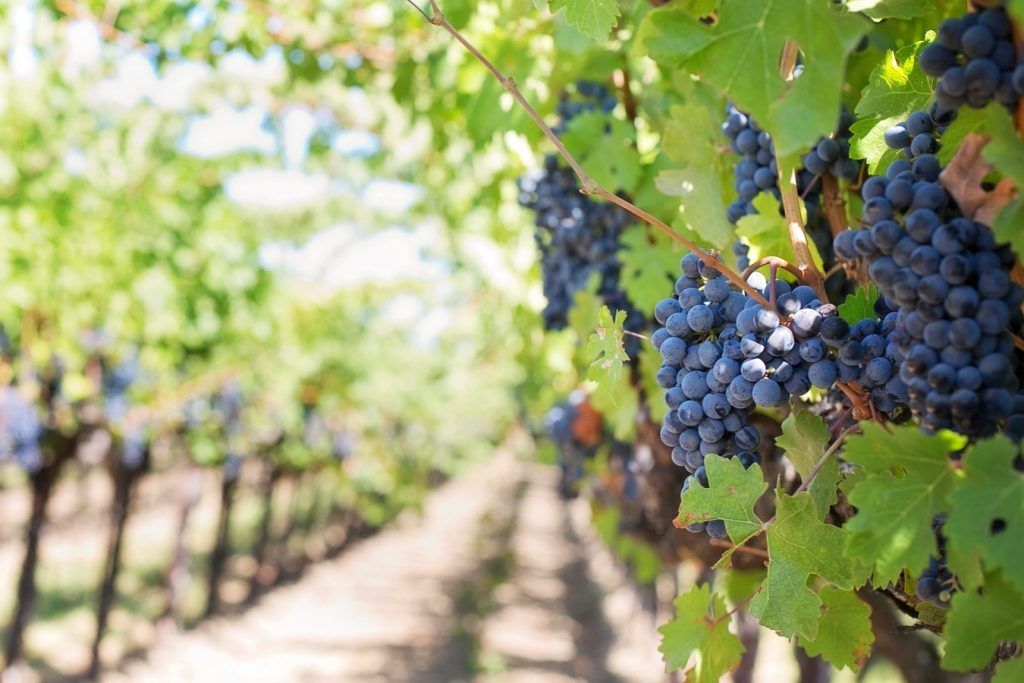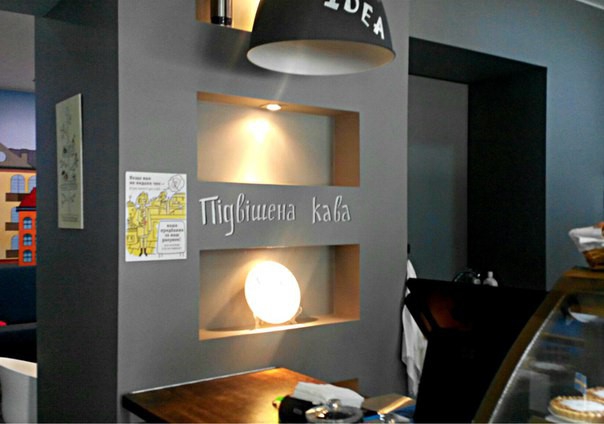In the world of viticulture, Ukrainian wines have a storied history that stretches back over 2,500 years, tracing its roots to the Greeks. The captivating narrative of Ukrainian winemaking unfolds in the 6th century BCE when Greek pioneers founded the colony of Tira along the Northern Black Sea coast, an area now recognized as the Odesa region. It was here that the very seeds of viniculture were first sown, laying the foundation for a legacy that would endure through the ages. Remarkably, during the same era, Greek colonists in Marseille, France, embarked on their own journey into winemaking. This fascinating parallel underscores the well-documented history of Ukrainian winemaking.
Triumphs Amidst Turmoil: A Glimpse into Ukrainian Winemaking
Yet, the annals of Ukrainian winemaking bear witness to tumultuous epochs that were less than favorable for local viticulture and grape cultivation. Invading forces, including the Sarmatians, Huns, and Goths, swept through the Black Sea region, erasing Greek colonies and their vineyards from the coastal landscape. Subsequently, the arrival of the Tatars and Turks did not bring active support for winemaking, nor did it impose prohibitions. It wasn’t until European colonists set foot on Ukrainian soil approximately two centuries ago that the tide began to turn. These settlers introduced a plethora of European grape varieties, including Cabernet Sauvignon, Pinot Noir, Chardonnay, and Riesling, forever reshaping the tapestry of Ukrainian winemaking.
Ukrainian Indigenous Grape Varieties: A Taste of Terroir
As Ukraine’s winemaking journey continued to unfold, it gave rise to unique indigenous grape varieties, each bearing its distinctive character and making significant contributions to the nation’s viticultural heritage. Let’s delve into the hidden treasures of Ukrainian wines:
Odesa Black: The Bold Ukrainian Ambassador
Odesa Black, born from the crossbreeding of Alicante Bouschet and Cabernet Sauvignon, thrives in the Odesa region. This grape variety proudly holds the distinction of placing Ukraine, particularly Bessarabia, on the global wine map. Odesa Black grapes boast luscious black berries that yield a ruby-hued elixir. Consequently, wines crafted from Odesa Black grapes exhibit an intense and rich color reminiscent of overripe cherries. The flavor profile is marked by distinct notes of plum and cherry, complemented by a subtle hint of chocolate. Among the finest representations of Odesa Black is the “Odeskoye Chernoye” red wine from the Kolonist brand. This wine is an epitome of richness, with pronounced aromas of plum, spices, and blackberries. It displays a dark ruby hue, possesses a robust tannic structure, carries a 13.5% alcohol content, and has been meticulously aged for six months in French barrels crafted from centuries-old oak.

The moniker “Kolonist” pays homage to the first Bulgarian colonists in Bessarabia, a region nestled in the southwestern part of the Odesa region, bordering Moldova. This ancient terroir boasts clay-gravel soils, proximity to the pristine Lake Yalpug, and prevailing winds that dominate the majority of days. However, the true enigma lies beneath the clayey soils – limestone layers that vine roots penetrate after 6-7 years of growth, a hallmark of exceptional terroirs. The echoes of Greek, Thracian, and Roman winemaking traditions resound strongly in this region. Just a stone’s throw away from the Kolonist winery stand the remnants of Trajan’s walls, erected by the Romans to fortify their borders against invading forces. Remarkably, these walls delineated the Roman Empire’s boundaries, coincidentally aligning with regions where grapevines thrived.
Suholyman White: A Harmonious Symphony of Ukrainian Grapes
Suholyman White stands as a testament to successful Ukrainian grape breeding, representing a harmonious fusion of Chardonnay and Plavay. In collaboration with the “Kolonist” brand, oenologist Olivier Doga was captivated by the organoleptic qualities of this varietal. “Suholyman” white dry wine, an offering from the Kolonist brand, is a finely balanced creation that delights the palate with notes of yellow plum, pear, and a delicate muscat undertone.
Citronny Magarach: A Grape with Dessert in Mind
Citronny Magarach, a white grape variety, presents unique challenges when crafting dry wines. As a result, in Ukraine, it predominantly finds its purpose in the creation of dessert wines, where its distinctive character truly shines.
Telti-Kuruk: Unveiling Ukraine’s Terroir Essence
The native Ukrainian grape variety Telti-Kuruk flourishes in the village of Shabo, nestled within the embrace of the Odesa region. This locale, steeped in history, neighbors the ancient Greek colony of Tira, the Turkish Akkerman, and modern Belgorod-Dnestrovsky. The Shabo Wine House proudly upholds its commitment to renew and expand Telti-Kuruk plantations as part of its social responsibility. Currently, the vineyard spans 40 hectares. Telti-Kuruk grapes, with their yellowish-green hue and dense waxy coating, thrive in sandy soils enriched with limestone. This unique terroir ensures the preservation of the freshness and distinct character of terroir-specific white wines.

In conclusion, Ukraine’s winemaking heritage is a captivating tapestry interwoven with threads of history, culture, and a profound reverence for the land. From the ancient Greeks to modern oenologists, each chapter adds depth and richness to the compelling narrative of Ukrainian wines. Ukrainian wines have rightfully earned their place on the global stage, and their story continues to unfold, inviting wine enthusiasts and historians alike to embark on a captivating journey of discovery.





